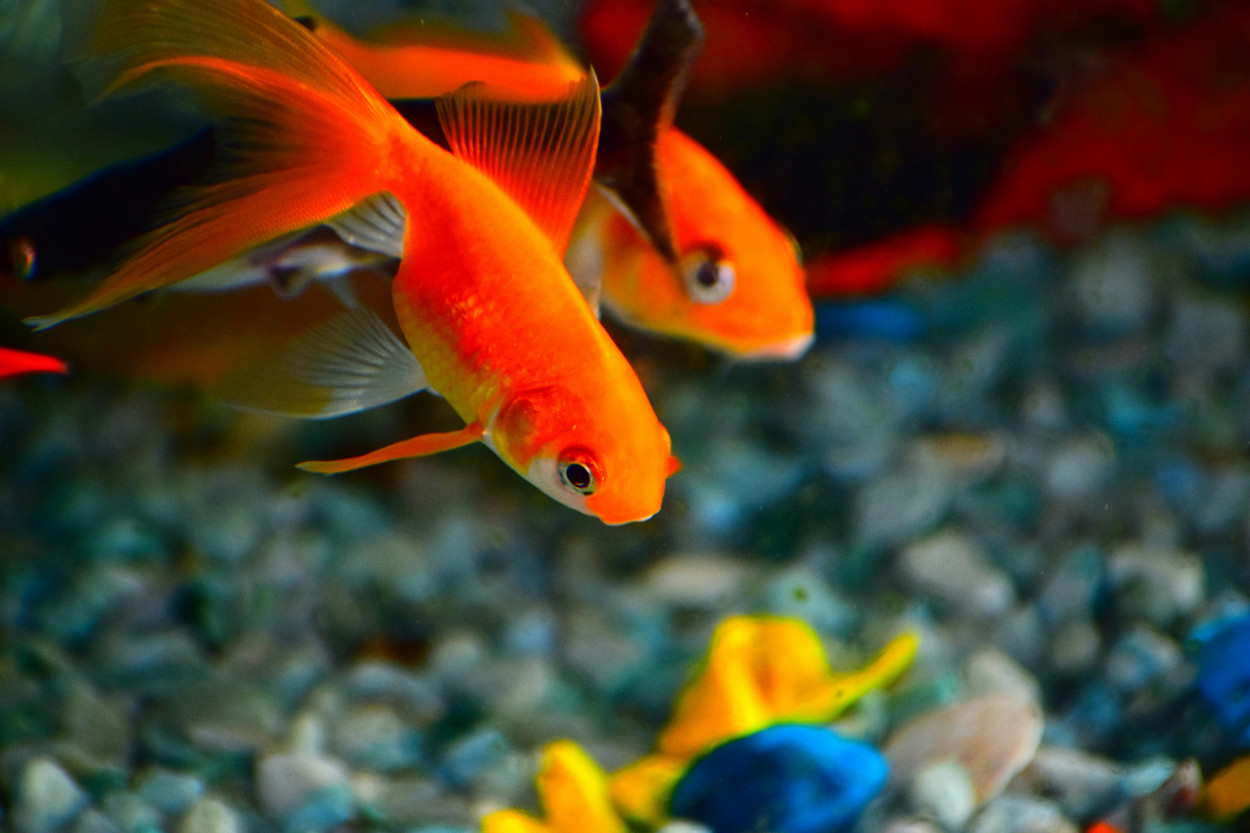It's great to have dogs in the house - they're always loving and companionable, and they are always there for us when we need them. Dogs are much more than they seem, did you know? Our four-legged friends are not only 'man's best friend' but they also offer us a lot more than we can imagine.
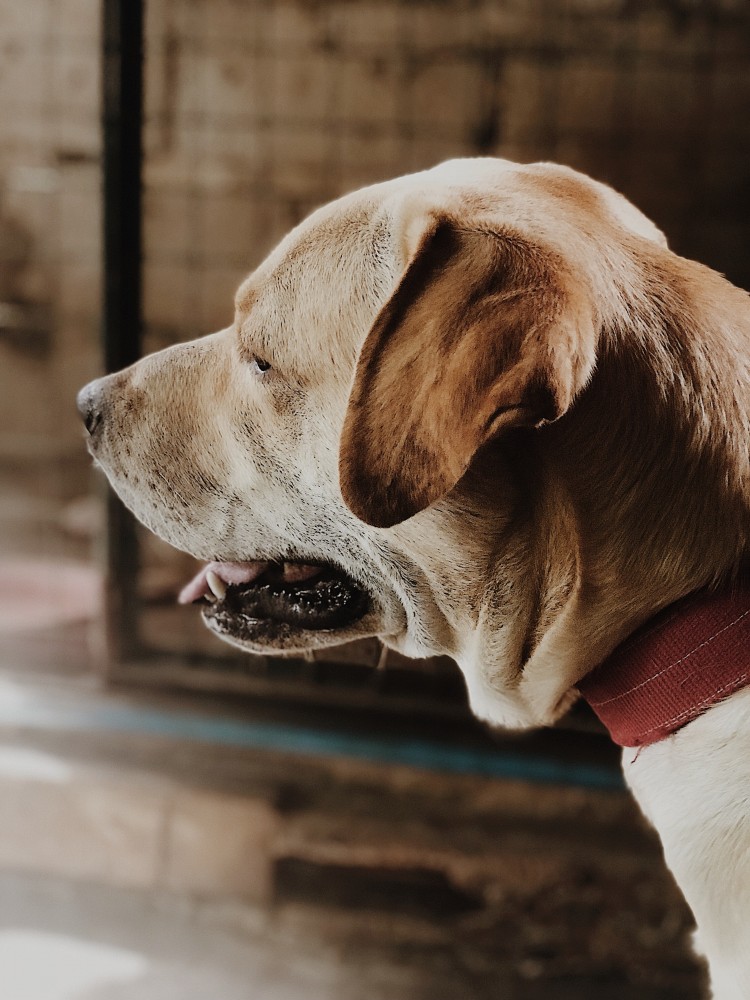
Canine knowledge is so vast that you think you know it all? You might be surprised! Below are some facts about dogs you may not know:
1. Their sense of smell
Dogs have 40 times as many cells in their brains that detect different smells as humans. Therefore, your dog is far more sensitive to smells than we are. The reason dogs are used for sniffing out people, drugs, and even money is exactly this reason!
2. Sense of time
Dogs have an innate sense of time. Their ability to tell the difference between a minute and an hour has been proven. It is possible for them to predict future events, such as regular walking times, if conditioned to do so.
3. Dogs are smart
Credit: unsplash
Dogs are smarter than two-year-old! What explains the special bond between children and dogs at this age? The reason could be that they both speak the same language, which contains roughly 250 words and gestures.
4. Dogs Get Jealous?
Humans are naturally intolerant of someone who spends time with someone else or who does not give them the attention they're used to when they have become attached to them. Similarly, dogs are the same way. A dog that has developed a bond and loyalty with its owner will naturally covet what they perceive as theirs when the bond is temporarily broken.
The jealousy of your dog stems from its loyalty to you, whom it considers to be the pack leader, regardless of whether you physically interact with another dog or come home after being around one. The dog may not necessarily show signs of aggression and dominance, but it may be evident that they feel unfairness or betrayal.
5. They can detect medical problems
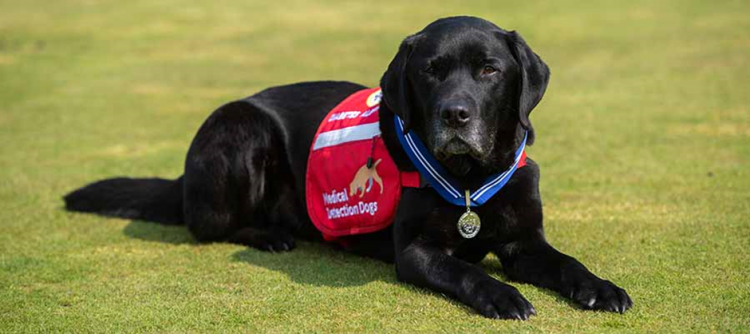
Credit: pdsa
Dogs that detect medical issues are actually a thing. A dog's excellent sense of smell makes it possible to train it to detect medical conditions. These devices are used to diagnose a specific condition or alert their owners when additional medication is needed. One of them can even detect Covid-19!
Medical Detection Dog Pal (pictured above) is one of these incredible dogs. By alerting Claire to changes in her blood sugar level, Pal played a vital role in Claire's life as a diabetic owner. Had those changes not been caught in time, Claire could have died.
6. Dogs can breathe while sniffing
The sense of smell is extremely important to dogs for finding food, danger, and their friends, so it's no surprise that dogs sniff a lot. They have designed their noses so that smells can stay in their nose and air can move into and out of their lungs at the same time, which means that they can breathe freely while still working out what smell it is!
7. Dog can smell your feelings
Feelings can be smelled by your dog. It is estimated that your dog's sense of smell is 100,000 times better than your own. Therefore, it shouldn't surprise us that they can smell things such as fear. The perspiration of a human when they are fearful is easily detectable by a dog.
8. Dogs can swim amazingly well

Credit: pinterest
Some dogs love water, but most dogs aren't good swimmers (but bear in mind, not all are, so make sure you always watch your dog whenever they're near water).
Lifeguards can be made from Newfoundlands because their coats are water-resistant and their feet are webbed. Water rescue dogs have used Newfoundlands for years because they're so good in the water. Over the course of his career as a water rescue dog, a Newfoundland named Whizz saved nine people from the sea.
9. There is no sweating in dogs
Despite the fact that dogs sweat, don't expect to see damp armpits any time soon. While humans sweat watery liquid to cool down, dogs produce an oily substance infused with pheromones that we cannot detect (dogs know it's there because of their keen sense of smell). As dogs do not sweat like humans, they pant to cool themselves down instead. On those hot summer days, keeping your dog cool will make it easier on them.
10. Left-pawed or right-pawed dogs are possible

Credit: pexels
Several studies have looked at this, and it turns out that dogs, just like humans, prefer to lead with a certain hand (well, paw). By giving them their favorite toy or interactive game and watching which paw they use first, you can determine whether your dog is left- or right-handed.
11. Petting a dog
Physical and mental health can be improved by petting a dog. Petting a dog for 15 minutes lowers blood pressure by ten percent, reduces loneliness and depression, and reduces feelings of stress.
12. Their hearing is just as sensitive as their noses
Dogs have an incredible hearing range. Did you know that they can hear at a much higher frequency than we can? Dogs are generally able to hear much softer sounds than humans, so they can hear things from a great distance.
13. A dog's ears are controlled by 18 muscles
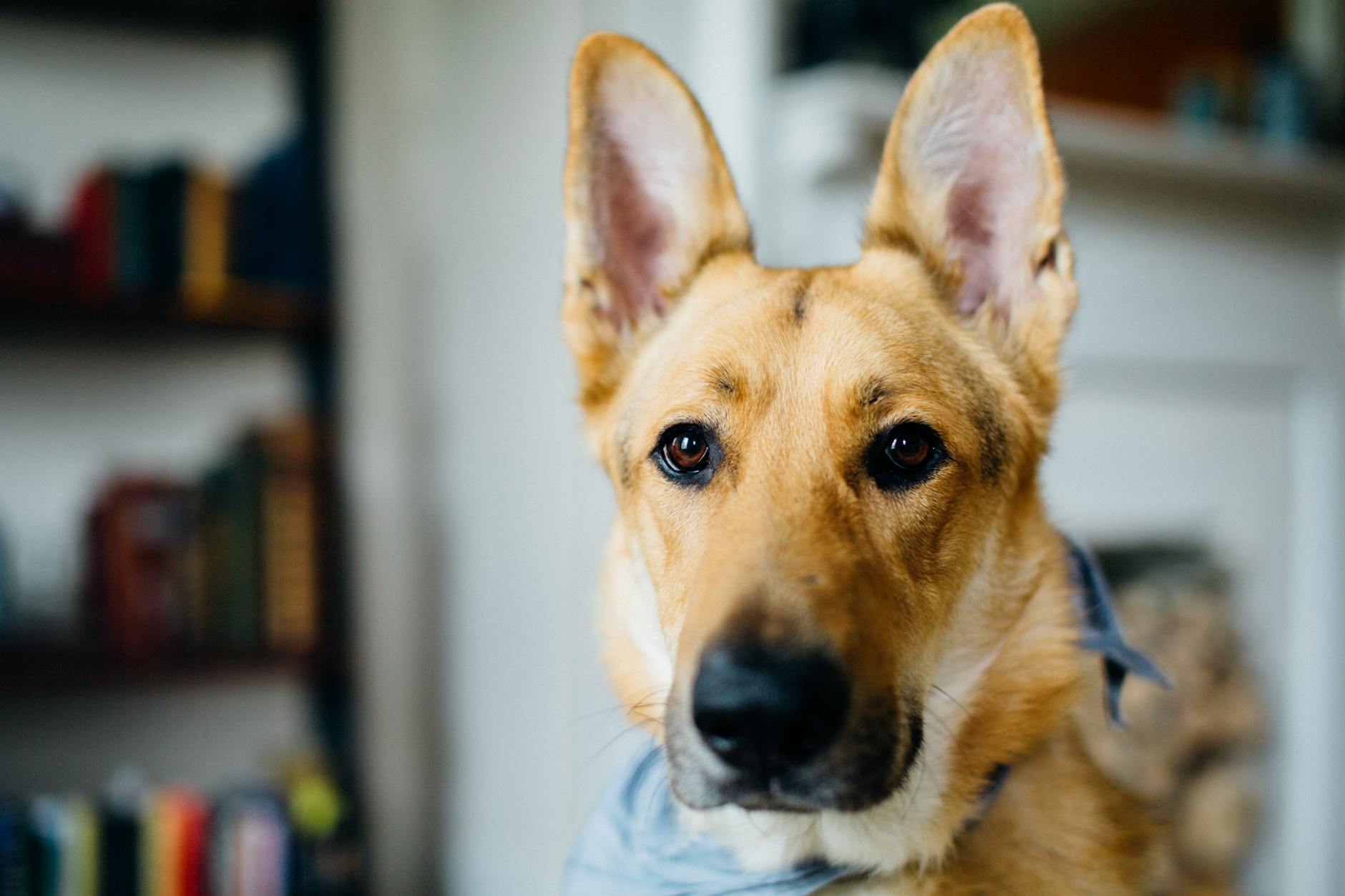
Credit: pexels
Your dog's ears might move around a lot if you have one. Their ears are moved by about 18 muscles. Their ears rotate slightly so they can hear sounds around them better, and this tells us a lot about how our dogs are feeling. The majority of a dog's body language is expressed through the way their ears move, so their ears play a vital role in letting them communicate with us as well as other dogs.
14. They can even run faster than a cheetah
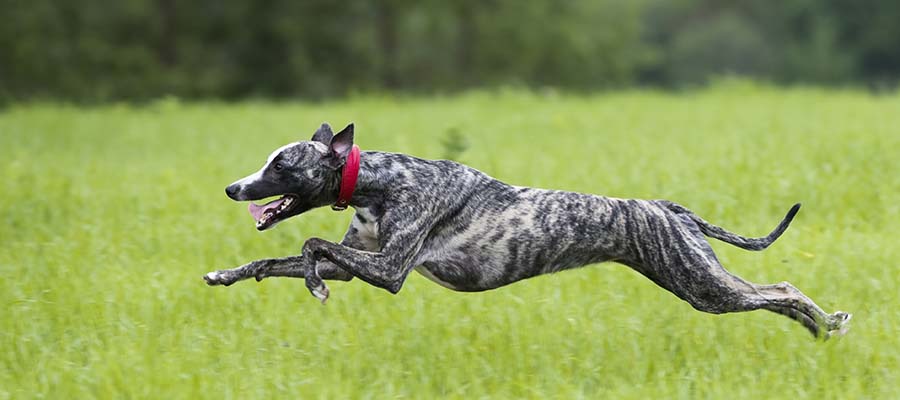
Dogs are built to run and chase - they can easily outrun humans! Greyhounds are by far the fastest breed of dog. When they start running, these speedy hounds can reach top speeds of 45 mph in seconds
What makes this better than a cheetah? Let's find out. Despite being able to reach speeds of almost 70mph, cheetahs can only maintain this for about 30 seconds. Unlike greyhounds, however, greyhounds can run for seven miles at speeds exceeding 35mph. Although the cheetah had a head start, they would soon catch up!
15. Wet noses
It helps them absorb scent chemicals because their noses are wet.
16. Dachshunds fight badgers
Dachshunds, also referred to as Doxies or Sausage Dogs, are scent dogs bred for hunting badgers and burrowing animals, such as rabbits and foxes. Originally, Dachshunds were bred to fight badgers. As the name Dachshund literally translates to "Badger Dog" in German, it is where they got their name from.
17. Mayor Max

Credit: mayormax
In 2012, Mayor Max was elected to serve as the first mayor of Idyllwild, California. There's something unusual about Max: he's a Golden Retriever! The town elected Mayor Max II into office after Mayor Max passed away in 2013 and he's been governing Idyllwild since then.
18. Separation anxiety
Separation anxiety is a common problem among dogs. Do you have one? Consider leaving him a few pieces of clothing that you wore. It has been proven that your dog's separation anxiety can be eased by leaving behind the scent you leave on his clothes.
19. chocolates for dogs
The ingredient theobromine in chocolate makes it extremely lethal to dogs. Ingesting chocolate can cause a severe toxic build up in dogs' systems and may cause death. Dogs cannot metabolize theobromine.
20. Dogs noses like fingerprints

Credit: apr
The noses of cats and dogs are like fingerprints. There is no such thing as a duplicate cat or dog nose. Each has its own unique pattern of ridges and creases, like human fingerprints. It is possible to identify each animal based on these patterns. Just like us, dogs dream.










